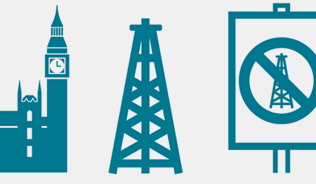The remediation of contaminated sites, and the productive reuse of marginal, derelict and vacant land, is often focused solely on built development or a return to agriculture. This is as a result of the traditional approaches to valuing land which prioritise built/manufactured capital over natural or social capital.
The Global Post-2020 Biodiversity Framework, to be signed by political leaders around the world at COP15 in Kunming, China this year, heralds a new approach to dealing with natural resources and sets out a vision for a world living in harmony with nature. As governments around the world seek to make the targets emerging from COP15 and COP26 into a strong, measured and prioritised set of actions, it is clear that we all need to change the way we act, think and measure success. Part of this is the recognition of land as a limited resource and ensuring that our demands on land and the natural environment are sustainable. In this context, we need to be able to understand the best end use of remediated sites, which may not always be built development.
In this webinar, Jon Davies explored the use of biodiversity net gain and environmental net gain to shape the right outcomes for remediation projects.





